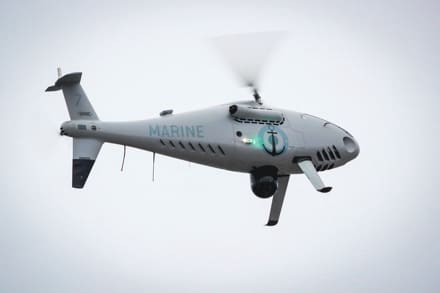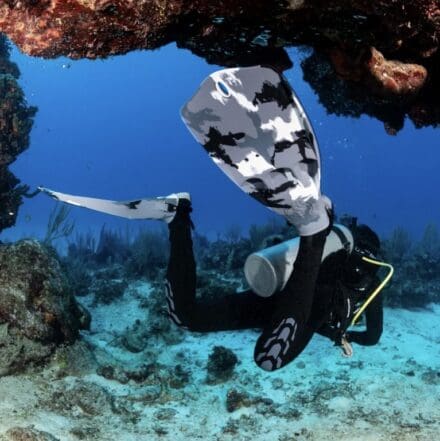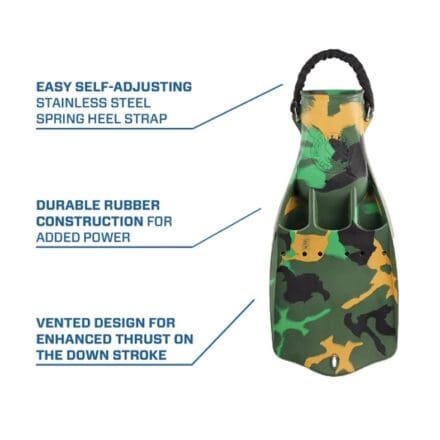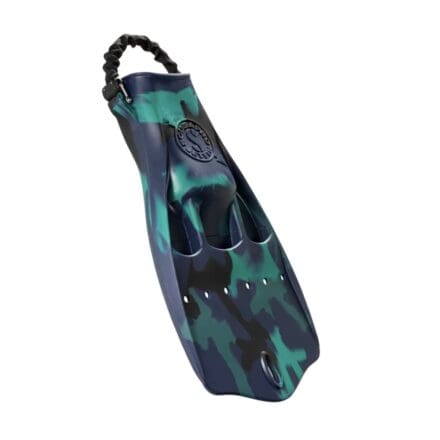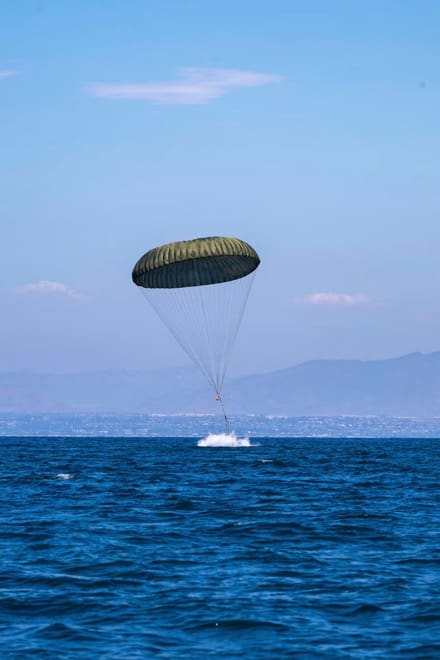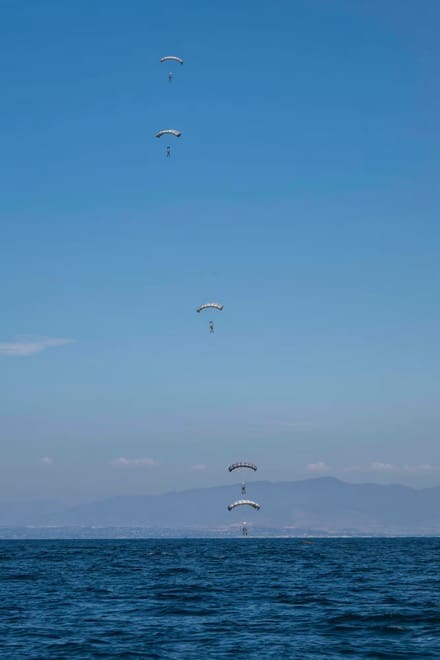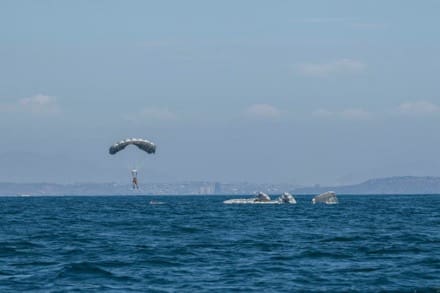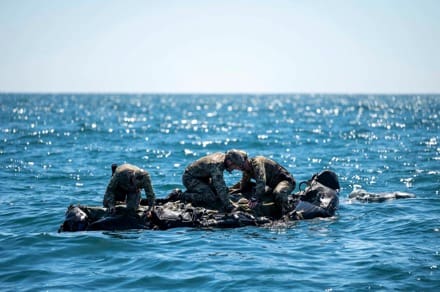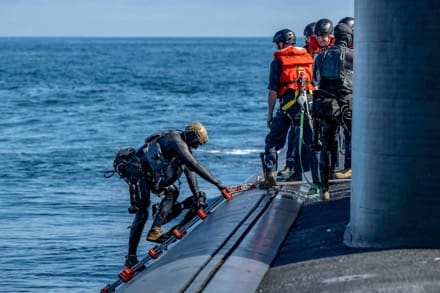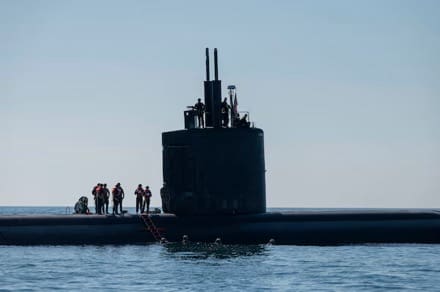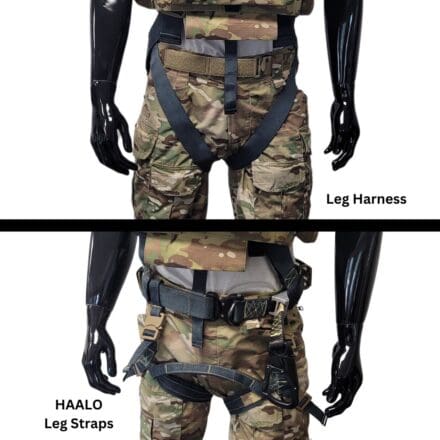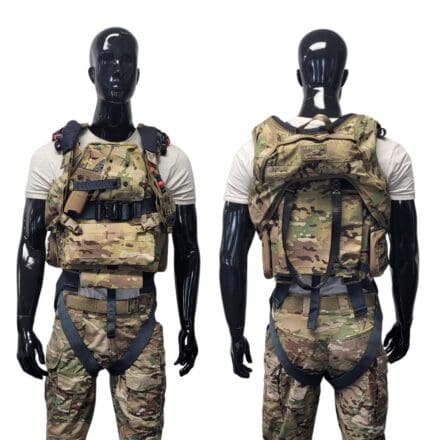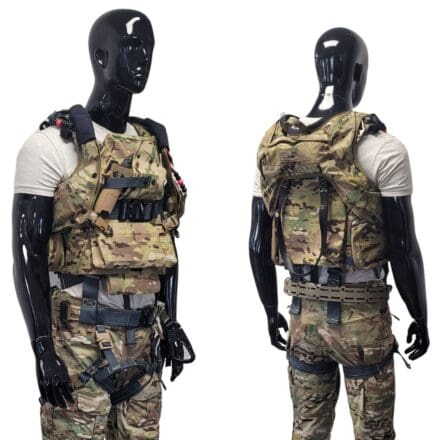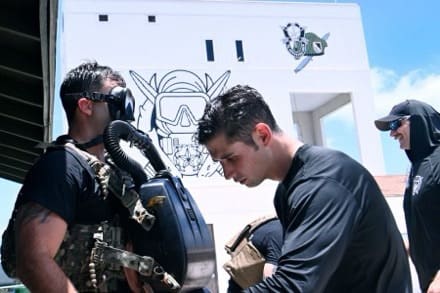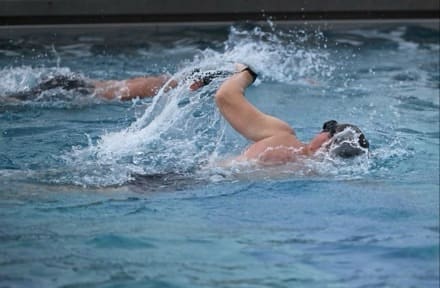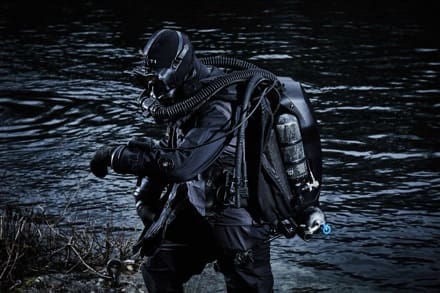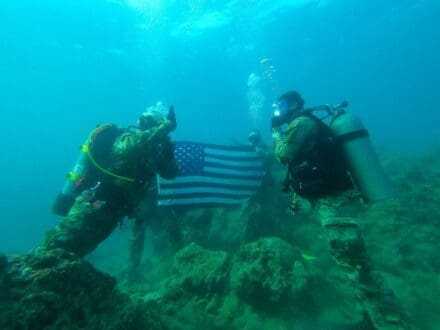
OKINAWA, Japan — Early morning tranquility embraced the dive site as the ocean whispered its welcome. The team, led by Maj. Robert S. Bourgeau, gathered in the pre-dawn light, checking gear and preparing for a reenlistment ceremony unlike any other. Bourgeau outlined the day’s dive plan with precision, his words infusing a sense of solemnity and anticipation among the divers. “This is not just a formality; it’s a testament to honor and commitment under extraordinary conditions,” Bourgeau explains.
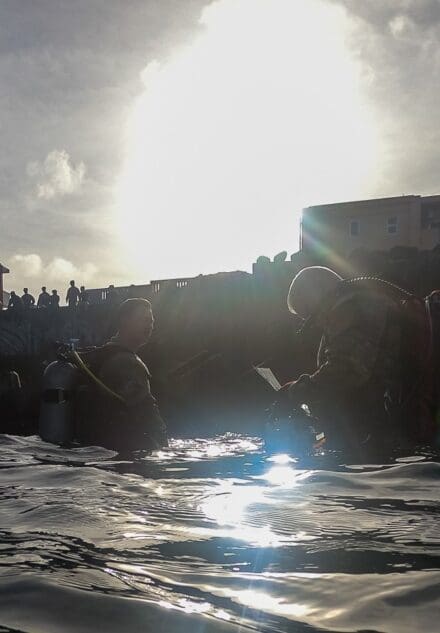
As they descended into the crystal-clear waters off Okinawa, the reality of the event unfolded before them. At forty feet below, against the serene backdrop of the ocean, Capt. Erik McDowell and Capt. Timothy Robinson carefully unfurled the American flag, its colors vibrant under the water’s surface. The scene was set, a silent yet profound tableau of military tradition meeting the undersea world.
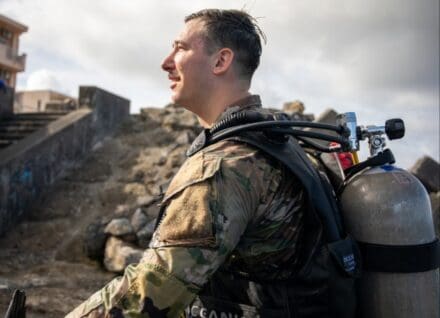
Sgt. 1st Class Corey O. Tomasich, positioned beside Bourgeau, prepared to renew his service vows in an environment uniquely challenging in its own right. Surrounded by fellow divers and with his family watching from above, Tomasich’s reenlistment formed a powerful representation of military life where personal passions and professional duties are intricately woven together. As the oath began, the other divers, unable to hear but fully aware, watched the exchange of solemn gestures and vows. Above, Tomasich’s wife Anita watched from the surface, her presence a comforting reminder of the world above.
“It’s incredible to see how his love for diving and his dedication to the military have come together in such a memorable way,” Anita reflects, her eyes never straying from the scene unfolding below.
The man behind the mask: Tomasich’s journey
Tomasich’s military journey began with a desire to explore and serve, a call to adventure that led him from basic training to diverse international assignments. His tenure has included significant roles in Germany, South Korea and Japan, each posting adding layers to his expertise and resolve.
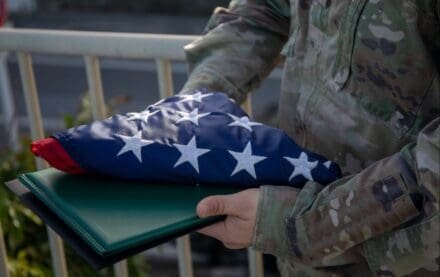
“Every station, every mission has taught me something invaluable about leadership, about service,” says Tomasich. His voice carries the weight of experience, each word underscored by a history of challenges met and overcome. “From conducting NATO missions to managing high-stakes operations, these experiences have forged me into the Soldier I am today.”
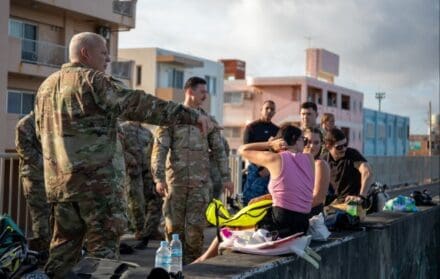
His family’s unwavering support has been a cornerstone of his career. “My wife and kids have been my anchor through every posting, every deployment,” he acknowledges, his gratitude evident. This reenlistment is as much a renewal of his vows to them as it is to his country.
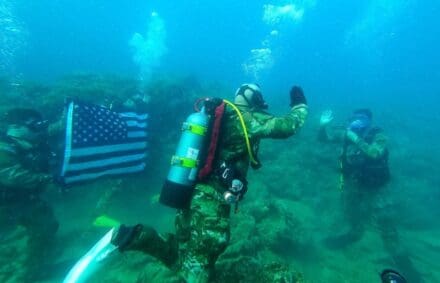
Voices from the depths: Insights from colleagues and family
Maj. Bourgeau, who played a pivotal role in the ceremony, highlights an underwater reenlistment’s logistical and emotional complexities. “It’s about adapting our traditions to reflect the identities of our Soldiers,” he says, emphasizing the innovative spirit of the military community.
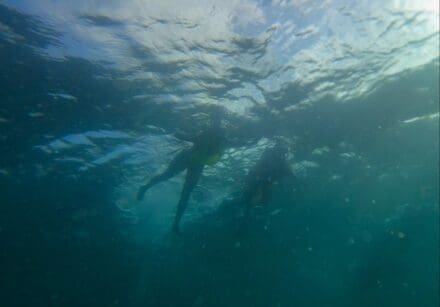
Maj. Caleb S. Daniel, an S3 operations officer who has supervised Tomasich, highlights his dependability and leadership prowess. “When we have missions with strategic impact, Sgt. 1st Class Tomasich is the person we count on,” Daniel remarks. “His integrity and calm demeanor make him a pillar within the 10th Support Group.”
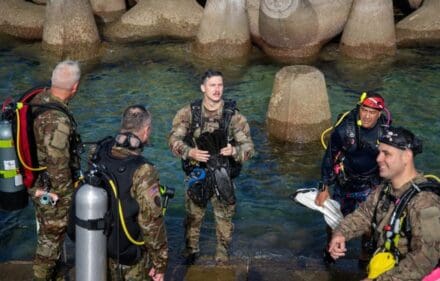
From the family’s perspective, Anita Tomasich sees her husband’s choice of reenlistment venue as a reflection of his personality: adventurous and committed. “It’s Corey all over — always taking that extra step to make things memorable,” she says, smiling.
His children, Maycee, Ellie and Tripp, echo this sentiment. “Dad does things differently,” Maycee says proudly. “And that’s what makes him special.”
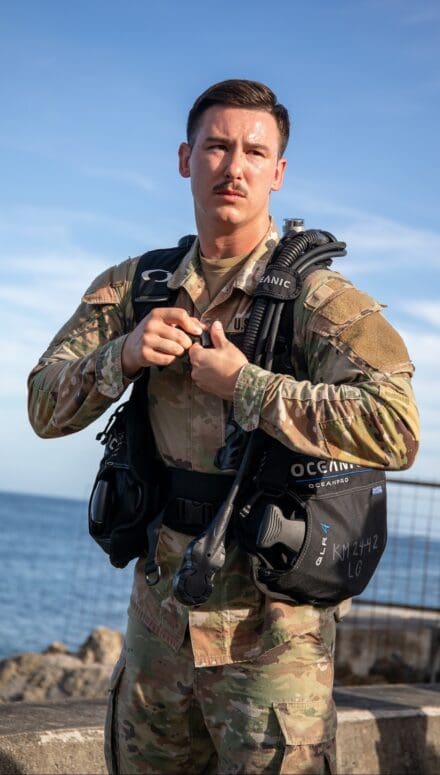
Sgt. Jermaine Robinson, a subordinate of Tomasich, shares insights on his leadership impact. “He’s not just our leader; he’s our mentor. Watching him take that oath underwater, where he loves to be, was inspiring,” Robinson reflects. “It shows his dedication in every aspect of his life.”
A legacy of leadership and commitment
The ceremony concludes with a sense of accomplishment and a renewed sense of purpose for Tomasich and all who participated and witnessed the event. It’s a poignant reminder of the unique paths service members take in their careers and the profound impacts of their choices on their peers, families and the broader military community.
“This reenlistment is a testament to the values we hold dear in the military: honor, courage and an unwavering commitment to our country,” Maj. Bourgeau concludes, his voice resonant with pride and honor.
As they ascend back to the surface, the significance of the day’s events is not lost on anyone. It’s a vivid illustration of how the 10th Support Group not only supports its members in their professional endeavors but also embraces their individuality and passions, weaving them into the fabric of their collective mission to protect and serve.
With a legacy cemented both below and above the waves, Sgt. 1st Class Tomasich looks to the horizon, ready for whatever challenges and adventures lie ahead, his journey a remarkable narrative of dedication, leadership, and transformation within the U.S. Army.
Looking to the horizon: Future aspirations and reflections
As Tomasich looks to the future, his goals are clear. “The next step is Officer Candidate School, another challenge I’m ready to meet,” he states confidently. His aspirations extend beyond his military service, eyeing a role in law enforcement post-military.
Reflecting on the legacy he wishes to leave, Tomasich hopes his actions inspire others. “I want to show that it’s possible to be true to yourself while wearing the uniform. To integrate who you are with what you do,” he shares, his vision for the future grounded in values of integrity and service.
“This reenlistment isn’t just about continuing my service,” Tomasich concludes, “it’s about reaffirming my life’s commitment, both professional and personal, in the depths of the ocean — where I feel most at home.”
This unique ceremony, witnessed by family and fellow Soldiers, not only marked a continuation of service but also a profound personal commitment, showcasing the deep ties between a soldier’s career and his life beyond the uniform.
By SFC Henry Gundacker
